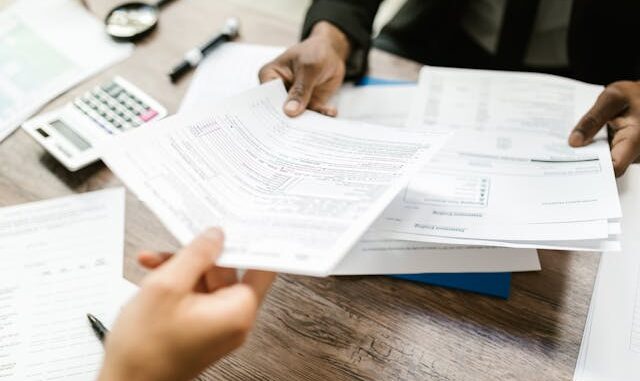
Slip and fall accidents can occur suddenly, leaving individuals with injuries and a myriad of questions about their legal rights and options for recourse. In Ontario, litigating a slip and fall accident claim involves a complex legal process that requires careful navigation and skilled representation. Here’s a detailed look at what it’s like to litigate a slip and fall accident claim in Ontario:
- Initial Consultation: The journey typically begins with an initial consultation with a personal injury lawyer who specializes in slip and fall cases. During this meeting, the lawyer will review the details of the accident, assess the strength of the claim, and explain the legal process and potential outcomes.
- Investigation and Evidence Gathering: Following the initial consultation, the lawyer will conduct a thorough investigation to gather evidence related to the slip and fall accident. This may include obtaining witness statements, collecting photographs or videos of the accident scene, and reviewing medical records documenting the injuries sustained.
- Determining Liability: One of the key elements of litigating a slip and fall accident claim is establishing liability. This involves determining who is responsible for maintaining the property where the accident occurred and whether they breached their duty of care in ensuring a safe environment for visitors.
- Filing a Claim: If the lawyer determines that there are grounds for a claim, they will proceed to file a Statement of Claim with the Ontario Superior Court of Justice. This document outlines the details of the accident, the injuries sustained, and the damages being sought.
- Discovery Process: Once the claim is filed, the discovery process begins, during which both parties exchange relevant information and evidence. This may involve interrogatories, requests for documents, and depositions of witnesses.
- Negotiation and Settlement: In many cases, slip and fall accident claims are resolved through negotiation rather than going to trial. The lawyer will engage in settlement negotiations with the defendant’s insurance company to reach a fair and reasonable resolution that compensates the injured party for their damages.
- Mediation: If settlement negotiations are unsuccessful, the parties may opt to participate in mediation, where a neutral third party facilitates discussions to reach a mutually acceptable settlement. Mediation can often be a more efficient and cost-effective alternative to trial.
- Trial Preparation: If mediation fails to produce a settlement, the case may proceed to trial. The lawyer will prepare diligently for trial, gathering additional evidence, identifying expert witnesses, and developing a compelling legal argument to present before the court.
- Trial: During the trial, both parties will present their case before a judge or jury. The lawyer will advocate on behalf of the injured party, presenting evidence, examining witnesses, and making legal arguments to support the claim for compensation.
- Judgment and Appeals: Following the trial, the court will render a judgment based on the evidence presented. If either party is dissatisfied with the outcome, they may have the option to appeal the decision to a higher court.
Litigating a slip and fall accident claim in Ontario can be a complex and challenging process, requiring legal expertise, resources, and perseverance. However, with the guidance of a skilled personal injury lawyer and a commitment to seeking justice, injured individuals can pursue compensation for their injuries and hold negligent parties accountable for their actions.
